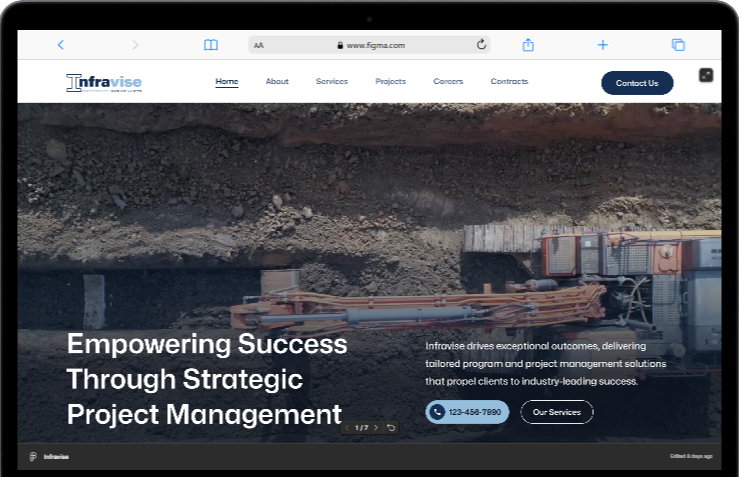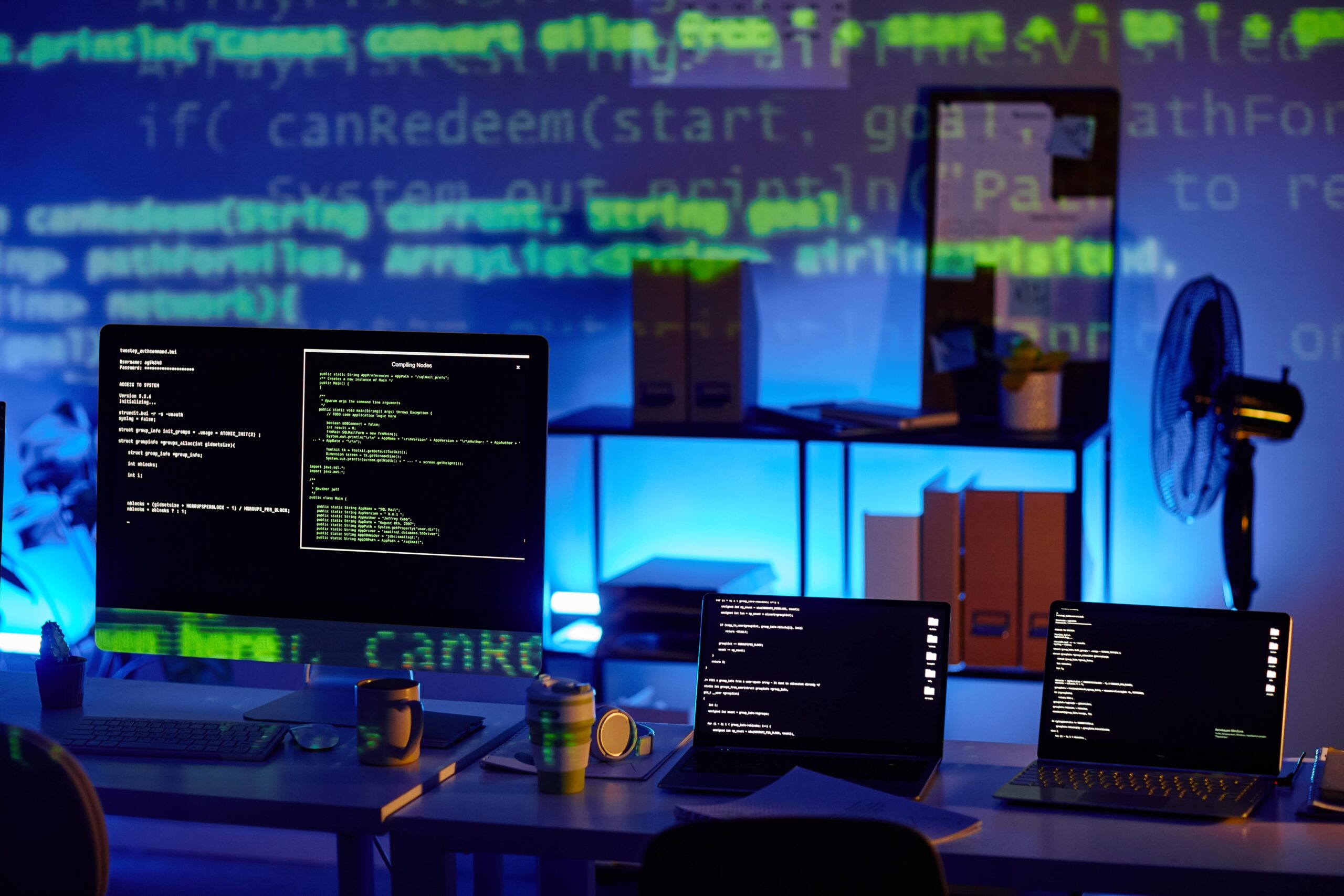Introduction
Web design is more than just aesthetics — it’s about influencing how users think, feel, and interact with your site. Understanding the psychology behind design elements like color, layout, and typography can give you a competitive edge in 2025’s digital landscape.
Let’s dive into the psychological principles shaping web design and how you can apply them to boost engagement, conversions, and user satisfaction.
1. The Power of Color Psychology
Color isn’t just visual — it triggers emotional and cognitive responses. By 2025, brands are leaning more into strategic color palettes to convey trust, excitement, or calmness.
🎯 Key Color Associations:
- Blue: Trust, reliability (ideal for financial and tech websites)
- Red: Passion, urgency (great for calls-to-action)
- Green: Growth, health, sustainability
- Yellow: Optimism, energy (best used sparingly to draw attention)
🔧 Tips:
- Use contrasting colors for CTA buttons to make them pop.
- Stick to 2-3 main colors to avoid overwhelming users.
2. Layout and Visual Hierarchy
The way content is structured impacts how users process information. A clear visual hierarchy guides attention, improves readability, and boosts conversions.
📌 Essential Layout Principles:
- F-pattern & Z-pattern layouts: Mimic natural eye-scanning behavior.
- White space: Creates breathing room, reducing cognitive overload.
- Size and position: Larger elements and those placed near the top draw more attention.
🔧 Tips:
- Prioritize important content above the fold.
- Use grids for a clean, organized look.
- Group related elements together for better understanding.
3. Typography and Readability
Font choices aren’t just about style — they influence how users perceive your brand. In 2025, the trend leans toward bold, readable fonts paired with minimalist aesthetics.
🔍 Typography Rules to Follow:
- Serif fonts: Convey tradition, trustworthiness (good for blogs and news sites).
- Sans-serif fonts: Feel modern, clean (perfect for tech and startups).
- Line height & spacing: Ensure text is easy to scan.
🔧 Tips:
- Stick to 2 complementary fonts max.
- Use larger sizes for headings, smaller for body text.
- Ensure high contrast between text and background.
4. Emotional Design and Brand Personality
In 2025, websites aren’t just informative — they’re experiences. Emotional design connects users to your brand, encouraging loyalty and engagement.
🔥 Key Components:
- Imagery: Authentic, relatable images resonate with users.
- Microinteractions: Subtle animations create a dynamic, satisfying UX.
- Personalization: Tailored content fosters a stronger emotional connection.
🔧 Tips:
- Use user-generated content to build trust.
- Add playful animations where appropriate.
- Reflect your brand’s tone and personality through visuals and copy.
Final Thoughts
Design psychology is a powerful tool in 2025’s competitive web space. By mastering color, layout, and typography — and infusing emotional design — you can create an intuitive, persuasive, and memorable website.
✨ Need a website that converts? Contact Ali DevSolutions for psychology-driven web design that keeps users coming back.





